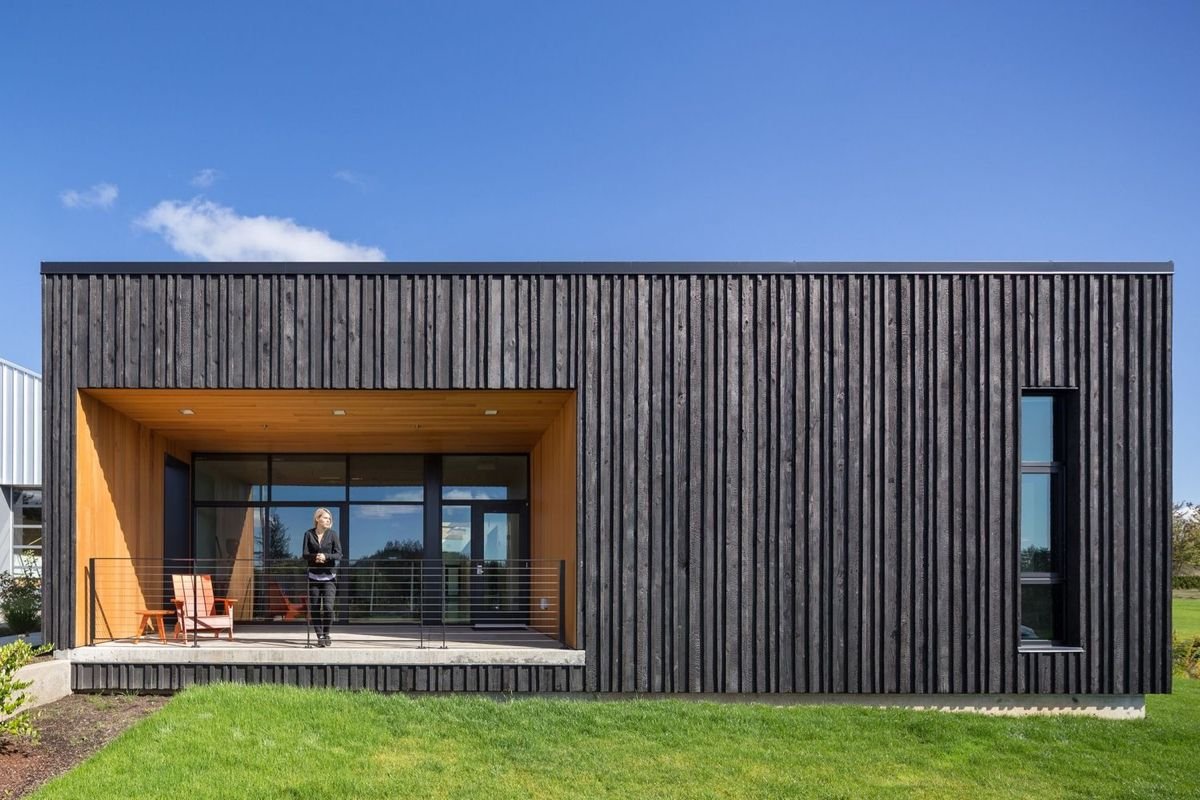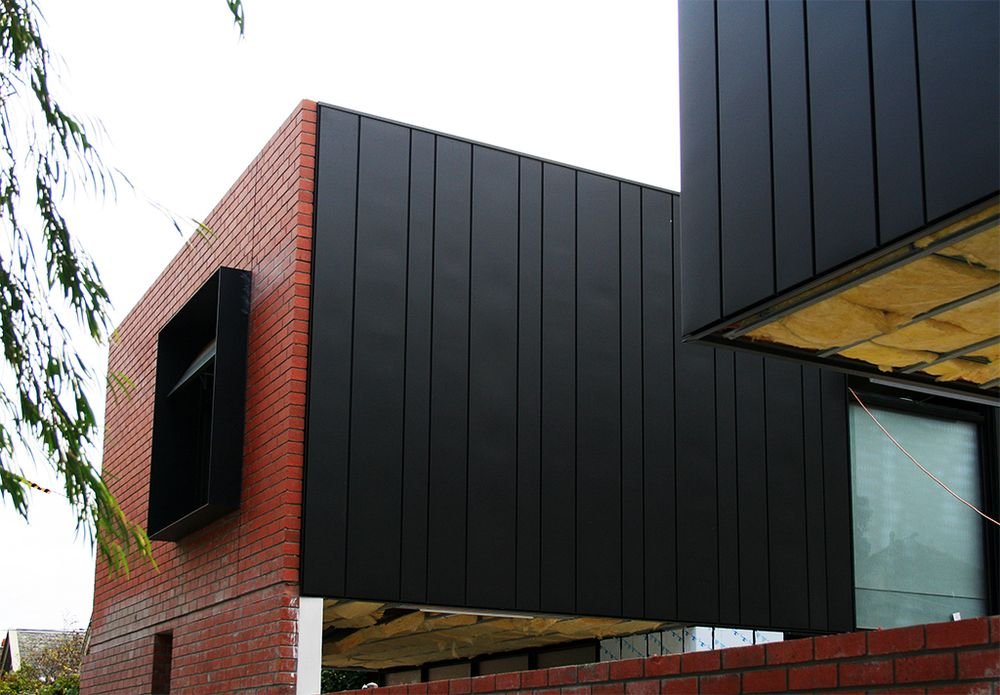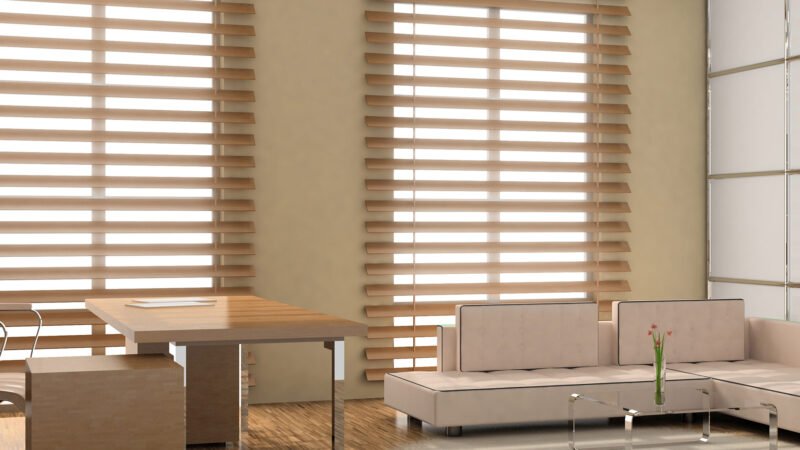If you’re anything like us, you love a good piece of biltong. Not only is…
All You Need to Know About Fire Rated Cladding
Cladding is a material that is used to cover or decorate the exterior of a building. It can be made from many different materials, including wood, metal, and plastic. In recent years, cladding has come under scrutiny due to its potential to contribute to the spread of fire. As a result, fire-rated cladding has become more popular. But what is Fire rated Cladding? And why is it important? We’ll be answering all of your questions in this post.
What is cladding?
Cladding is a material that is often attached to the outside of a building to improve its appearance and weather resistance. It can be made from a variety of materials but is most commonly made from metal, plastic or wood. Cladding can be either fire resistant or non-fire resistant.
What is fire rated cladding?
Fire-rated cladding is a type of cladding that has been specifically designed to resist fire for a certain amount of time. It is usually made from a combination of materials that have been tested and proven to resist fire for a certain amount of time. Fire-rated cladding is often used in buildings where the safety of the occupants is a top priority, such as hospitals and schools.
What is fire rated cladding?

Fire-rated cladding is a type of exterior wall cladding that has been specifically designed to provide resistance to fire. It is made of materials that are able to withstand high temperatures for an extended period of time, meaning that the cladding will not catch fire, and the building will be able to maintain its structural integrity in the event of a fire. There are a number of different fire rated claddings on the market, each with its own set of benefits and drawbacks. It is important to consult with a qualified architect or builder before selecting a particular type of cladding, as not all fire-rated claddings are suitable for every application.
When is fire rated cladding required?
Fire-rated cladding is required in certain types of buildings, depending on the fire ratings of the walls and ceilings. The cladding must meet certain fire safety standards to ensure that the building can withstand a fire for a specific amount of time. In some cases, the cladding can even help to contain a fire and prevent it from spreading. If you’re unsure about whether your building needs fire rated cladding, be sure to speak with a professional.
What are the benefits of fire rated cladding?
Some of the benefits of fire rated cladding include:
-Increased safety for both people and property
-Reduced damage in the event of a fire
-Fewer injuries and fatalities in the event of a fire
-Reduced insurance premiums
-Aesthetic appeal
How to choose the right fire-rated cladding
Fire-rated cladding is an important part of any building’s safety system, so it’s important to choose the right product for your needs. There are a few factors you’ll need to consider when making your decision. The most important one is the level of protection you need. There are three ratings to choose from: A, B and C. The higher the rating, the more protection the cladding offers. You’ll also need to take into account the type of building you have and its location. Some claddings are more suited to certain environments than others. For example, if you have a high-rise building, you’ll need cladding that can withstand high winds and flames. Make sure to consult with a professional before making your final decision.
Conclusion line,
Cladding is a covering or coating that is applied to the exterior of a building. Cladding can be made from a variety of materials, including wood, metal, plastic, and even cement. One type of cladding that is becoming increasingly popular, especially in high-rise buildings, is fire rated cladding. Fire-rated cladding is a type of cladding that has been specifically designed to withstand fire. It is made of materials that are able to resist heat and flames for a certain amount of time, thus helping to protect the building from fire.












